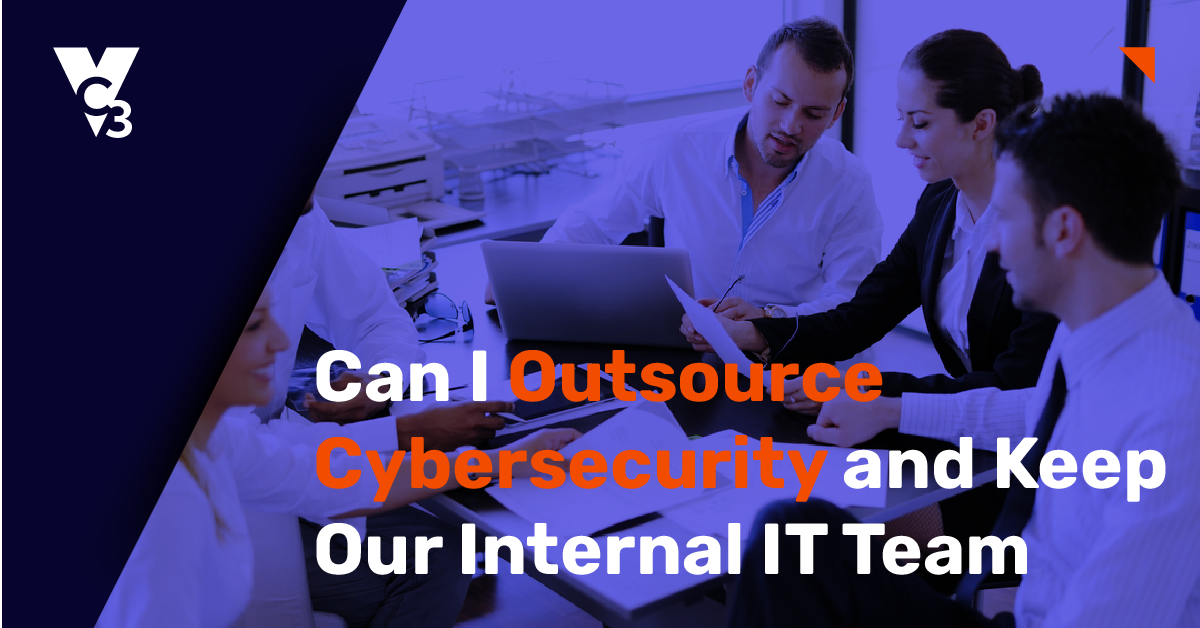A watershed moment for small businesses is when they make the shift from a break-fix to a proactive mindset with information technology. Until that point, businesses often struggle with quite a few problems, such as:
- Unexpected IT incidents that lead to downtime
- Server, computer, and networking equipment failures
- Applications freezing or slowing
- Cybersecurity incidents
- Data loss
- Disrupted customer service and operations
- Lack of visibility into the health of systems
- Unpredictable costs
- Non-technical staff burdened with managing IT infrastructure
Why do all these problems crop up when you have a break-fix vendor fixing your issues, even if reactively? With a break-fix mindset, you are doing the equivalent of putting out fires—just enough to keep the building from burning down. You’re not identifying the root cause of how the fires erupt in the first place.
The shift toward proactive network monitoring and management is really about shifting your mindset toward solving root IT issues so that operations stabilize. IT is part of your infrastructure, just like electricity or internet access. That infrastructure must be just as reliable as these utilities.
Here are a few key reasons why proactive network monitoring and management is essential for small and medium businesses.
1. Identify issues before they become fires
Network monitoring can alert you to issues with equipment and applications before they become major fires. For example, an alert might note a steady deterioration of a server’s CPU utilization, indicating that it will need to be replaced sometime in the next six months. Without this data, one day, your server will just start freezing or slowing applications down, and you will be forced to replace it while disrupting operations rather than planning to replace it ahead of time with minimal disruption.
2. Gain visibility into your network
Network monitoring tools give you visibility into your network. Without visibility, it’s nearly impossible to discover problems until something blows up. A good dashboard will allow you to monitor servers, workstations, applications, wireless access points, routers, switches, ISPs, firewalls, and other equipment. Plus, you will have a more accurate, up-to-date asset inventory of your network equipment.
3. Prevent and detect cyberattacks
Proactive network monitoring also needs a heavy cybersecurity component to help prevent and detect cyberattacks. Essentials include:
- Monitoring your network for suspicious activity such as unauthorized access attempts, large data downloads at strange times, atypical user behavior, etc.
- Monitoring network traffic to look for atypical patterns and incidents.
- Keeping antivirus and endpoint detection and response (EDR) software up to date.
- Patching and updating software regularly.
4. Automate computer maintenance
There are a lot of basic maintenance tasks that keep computers healthy. It’s best to automate these tasks so that they’re not forgotten. This slate of activity may include deleting unnecessary files, backing up data, cleaning up databases, scanning for viruses, and other technical maintenance activities. Neglecting such maintenance or failing to keep up with it can compound and lead to serious issues later.
5. Monitor and manage configurations
Many security and operational disruption issues often occur from poorly configured equipment. Firewall, DNS, VPN, LAN/WAN, wireless, switch, router, and other configurations need to be proactively monitored and managed to reduce the risk of serious problems. In addition, configuration management also helps cybersecurity, both externally to prevent cyberattackers from taking advantage of vulnerabilities and internally to make sure employees can’t arbitrarily change configuration settings and accidentally create a security risk.
6. Create reports, both technical and non-technical
Network monitoring tools can also provide reports that give essential information to both non-technical leaders and technical professionals (especially if an audit trail or forensics are needed in the wake of an incident). For non-technical leaders, essential KPIs and metrics may include:
- Device health: Are devices healthy and operational? Or do they have critical issues? Do they need replacing soon?
- Downtime and network availability: What is your network’s uptime? Are you experiencing enough downtime to disrupt customer service and operations?
- Bandwidth and performance: Do you need more bandwidth to accommodate your network activity? Are applications slow? Does your website crash or slow down to a crawl?
- Cybersecurity posture: Have any cybersecurity incidents impacted your business? Do you have security vulnerabilities related to unpatched software?
Ultimately, network monitoring helps IT become proactive, invisible, and reliable. Instead of reacting to fires all the time, you will begin to stabilize your IT, address root issues, and enjoy better operational continuity.
If you are interested in finding out more about how VC3 can help monitor your networks and put out your IT fires, get in touch with us today.





